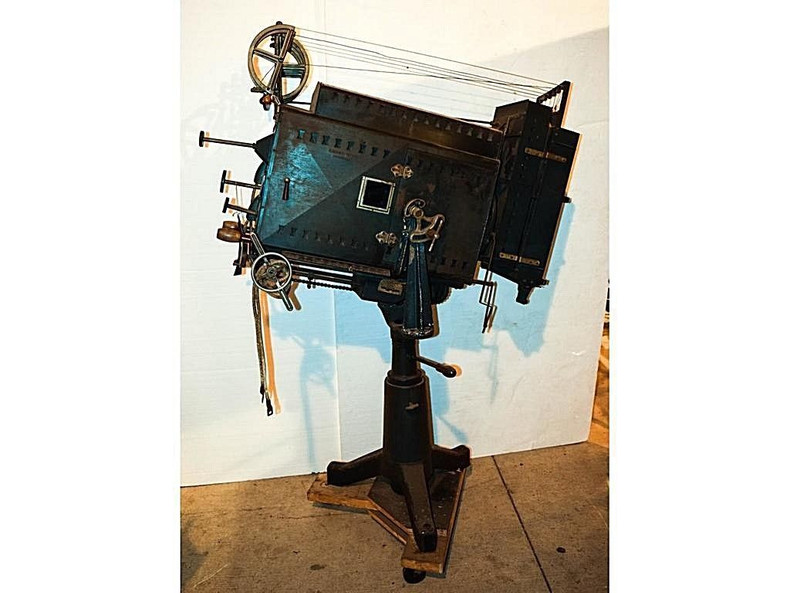The beginnings of the cinema industry mark a fascinating journey through time, capturing the essence of human creativity and innovation. The evolution of cinema is a tale of technological advancements, artistic vision, and societal changes that have shaped the way we experience storytelling on the big screen.
The Birth of Motion Pictures: The roots of cinema can be traced back to the late 19th century when inventors and visionaries began experimenting with motion pictures. One of the pioneers in this field was Thomas Edison, who developed the Kinetoscope in 1891, a device for viewing moving pictures. However, it was the Lumière brothers, Auguste and Louis Lumière, who held the first public screening of films using their Cinématographe in 1895 in Paris. This event is often considered the birth of cinema as we know it today.
Silent Era and Narrative Development: The early years of cinema were characterized by silent films, where the storytelling relied heavily on visual elements and live musical accompaniment. Filmmakers experimented with narrative techniques, and genres started to emerge. Directors like D.W. Griffith made significant contributions with films such as "The Birth of a Nation" (1915), which introduced techniques like close-ups and cross-cutting, laying the foundation for modern film language.
The Hollywood Studio System: The early 20th century saw the rise of Hollywood as the epicenter of the film industry. The Hollywood studio system, characterized by major studios controlling all aspects of film production, distribution, and exhibition, became dominant. This era produced iconic stars like Charlie Chaplin, Mary Pickford, and Buster Keaton, contributing to the global popularity of American cinema.
Transition to Sound: The late 1920s witnessed a groundbreaking shift with the introduction of synchronized sound in films. "The Jazz Singer" (1927) is often credited as the first feature-length film with synchronized dialogue. This innovation revolutionized the industry and opened up new possibilities for storytelling.
Golden Age of Hollywood: The 1930s to the 1950s is often referred to as the Golden Age of Hollywood. This period saw the production of timeless classics such as "Gone with the Wind" (1939) and "Casablanca" (1942). Hollywood became a cultural phenomenon, shaping global entertainment and influencing fashion, music, and lifestyle.
Technological Advancements: The cinema industry continued to evolve with technological advancements. The introduction of color films, widescreen formats, and special effects expanded the creative possibilities for filmmakers. The 1970s witnessed the rise of independent cinema, with directors like Martin Scorsese and Francis Ford Coppola challenging traditional norms.
Digital Revolution and Contemporary Cinema: The late 20th century brought about the digital revolution, transforming the way films are made, distributed, and consumed. Computer-generated imagery (CGI) and digital editing opened up new frontiers for storytelling. Streaming platforms in the 21st century further changed the landscape, offering a diverse array of content accessible to audiences worldwide.
The beginnings of the cinema industry reflect a journey of innovation, artistic expression, and cultural impact. From the Lumière brothers' first public screening to the digital age, cinema has continually adapted to societal changes, pushing the boundaries of imagination and storytelling.

